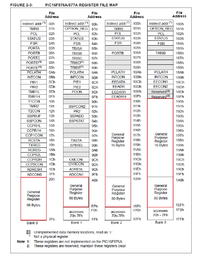Dinuwilson
Advanced Member level 4

when i write program for pic 16f877a micro controller using Higtech compiler initially i declare an array ( int a[45]) it works perfectly. when i change the array size to (int a[60]) it shows errors. i add the image of the error and my program.. please help me to solve the problem
Attachments
Last edited:




